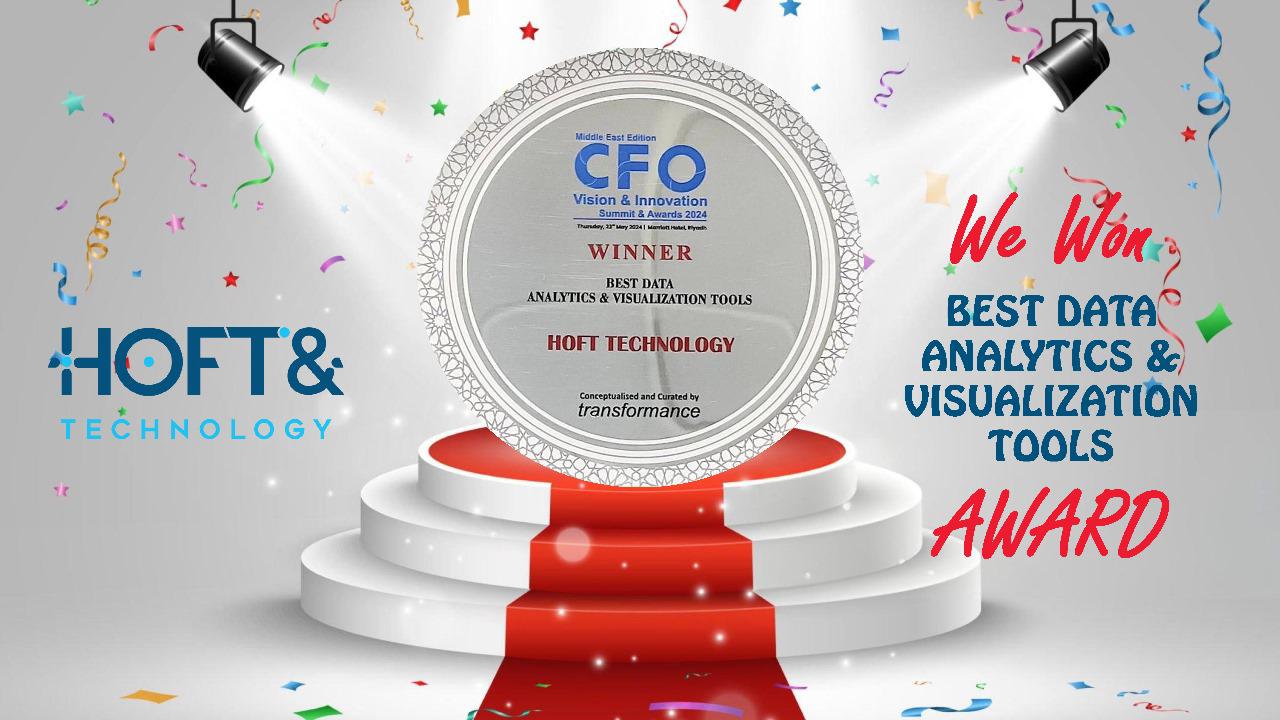8 POWERFUL REASONS TO DEVELOP A LONG-TERM STRATEGIC PLAN

INTRODUCTION
In today's fast-paced business environment, having a well-defined long-term strategic plan is crucial for sustained growth and competitive advantage. It offers a roadmap to navigate challenges and seize opportunities. Here’s why a strategic plan is essential.
- Long-Term Vision and Direction: Provides a clear roadmap 🗺
- Sustainable Growth: Ensures steady expansion 🌱
- Risk Management: Prepares for uncertainties 🛡
- Resource Allocation: Guides efficient use of resources 💡
- Stakeholder Confidence: Builds trust and credibility 🤝
Developing a strategic plan aligns all aspects of your business towards achieving common goals, fostering unity, and ensuring long-term success.
1. LONG-TERM VISION AND DIRECTION
PROVIDING CLEAR VISION AND DIRECTION
A long-term business strategy offers a clear vision for the company, aligning all departments towards common objectives.
Unified Goals
Everyone works towards the same target
Focus and Clarity
Reduces confusion and misdirection
Strategic Alignment
Aligns daily operations with long-term goals.
Motivates Employees
Encourages a sense of purpose within teams
By fostering unity and focus, a clear longterm vision empowers your organization to achieve remarkable milestones.
COMPANIES WITH A LONG-TERM STRATEGY OUTPERFORM
According to Harvard Business Review, companies with a clear long-term strategy outperform their peers by 4.8% annually (source: HBR).
2. SUSTAINABLE GROWTH AND COMPETITIVE ADVANTAGE
DRIVING SUSTAINABLE GROWTH AND COMPETITIVE EDGE
A robust long-term strategy helps identify growth opportunities and establish market leadership.
Market Analysis
Identifies lucrative opportunities
Competitive Edge
Establishes strong market position
Sustainable Growth
Fosters a culture of teamwork across departments.
Long-Term Goals
Focuses on future success
By focusing on long-term objectives, your company can thrive amidst market fluctuations.
3. RISK MANAGEMENT AND ADAPTABILITY
ANTICIPATING AND MITIGATING RISKS
A strategic plan helps you proactively manage risks and adapt to changes.
Trend Analysis
Monitors market shifts
Proactive Measures
Implements preventative strategies
Resilience Building
Enhances organizational strength 💪
Adaptability
Quickly responds to market changes
Being prepared for uncertainties ensures your company's resilience and longevity.
4. RESOURCE ALLOCATION AND INVESTMENT DECISIONS
GUIDING EFFICIENT RESOURCE USE
A strategic plan ensures resources are allocated efficiently towards initiatives that drive value.
Priority Setting
Focuses on key initiatives
Capital Allocation
Invests wisely in growth areas
Human Resources
Utilizes talent effectively
Technology Investments
Embraces innovation for progress
Efficient resource allocation supports long-term sustainability and growth.
5. STAKEHOLDER CONFIDENCE AND TRUST
BUILDING STAKEHOLDER CONFIDENCE
Having a clear strategy enhances the trust and confidence of stakeholders.
Transparent Plans
Communicates future direction clearly
Investor Trust
Strengthens financial backing
Customer Loyalty
Builds long-term relationships
Employee Morale
Boosts team confidence and retention
Trustworthy and transparent strategies attract and retain key stakeholders
STRATEGIC PLANNING INCREASES REVENUE
Research from McKinsey shows that companies with strategic plans see a 15% increase in revenue growth (source: McKinsey).
6. INNOVATION AND CREATIVITY
ENCOURAGING INNOVATION AND CREATIVITY
Long-term strategies create a conducive environment for innovation.
New Ideas
Fosters creative thinking
Technological Advancements
Adopts cutting-edge solutions
Business Models
Explores new ways of working
Continuous Improvement
Strives for ongoing enhancements
A culture of innovation keeps your business ahead of the curve.
7. ALIGNMENT WITH CORPORATE VALUES AND PURPOSE
ALIGNING WITH VALUES AND PURPOSE
A long-term strategy ensures alignment with the company’s core values and purpose.
Corporate Identity
Reflects the company's mission
Employee Engagement
Increases alignment with values
Customer Loyalty
Strengthens brand trust and loyalty
Positive Perception
Enhances public image
Alignment with values fosters a cohesive and motivated organizational culture.
8. PERFORMANCE MEASUREMENT AND ACCOUNTABILITY
MEASURING PERFORMANCE AND ENSURING ACCOUNTABILITY
Establishing KPIs and metrics tracks progress and accountability.
Key Indicators
Defines clear performance metrics
Regular Reviews
Conducts consistent evaluations
Goal Achievement
Tracks progress towards targets
Accountability
Ensures responsibility at all levels
Measuring performance drives focused efforts towards strategic objectives.
RECAP
SHORTEN IT UP!
Developing a robust long-term strategy is essential for sustainable growth and competitive advantage. Here’s a summary of the key benefits:
1. Clear Vision
Provides unified direction.
2. Sustainable Growth
Ensures steady expansion.
3. Risk Management
Prepares for uncertainties.
4. Resource Allocation
Guides efficient use of resources
5. Stakeholder Trust
Builds confidence
6. Innovation
Encourages creativity
7. Corporate Values and Purpose
Ensure Alignment
8. Performance Tracking
Measures success



